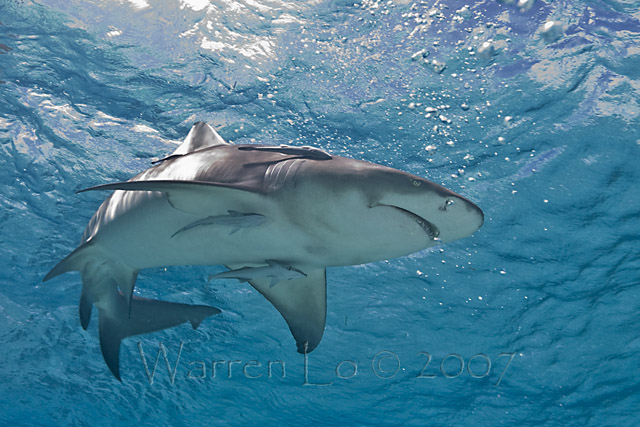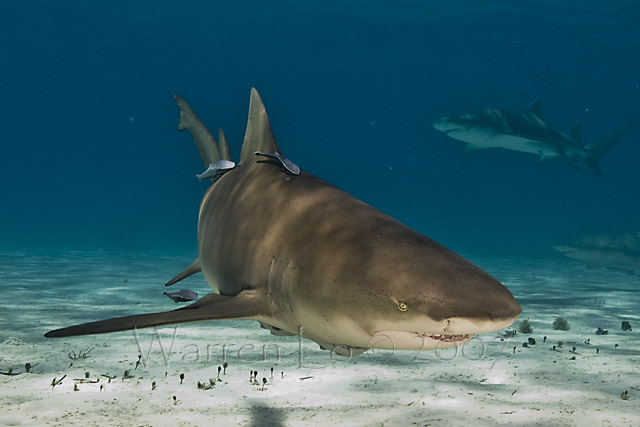Manta Buddy
Registered
Fellow divers, I need advice. I am packing for a trip to Coco's Island, Costa Rica. It is famous for shark sighting and I hope to take some shark shots myself. I will be shooting using full-frame sensor Canon 5D camera, i.e. no crop factor and also fewer options for zoom lenses. I have C16-35, C24-70 lenses and few fixed ones. S17-70 unfortunately is not an option for full-frame.
1. What lens would be most versatile for shark shooting? What lens have your liked most?
2. Does using strobes aggravate or distract sharks? Do they pay attention to strobe flash or completely ignore it?
3. Any particular advice on settings, etc.?
Your advice would be most sincerely appreciated.
Denis
1. What lens would be most versatile for shark shooting? What lens have your liked most?
2. Does using strobes aggravate or distract sharks? Do they pay attention to strobe flash or completely ignore it?
3. Any particular advice on settings, etc.?
Your advice would be most sincerely appreciated.
Denis








